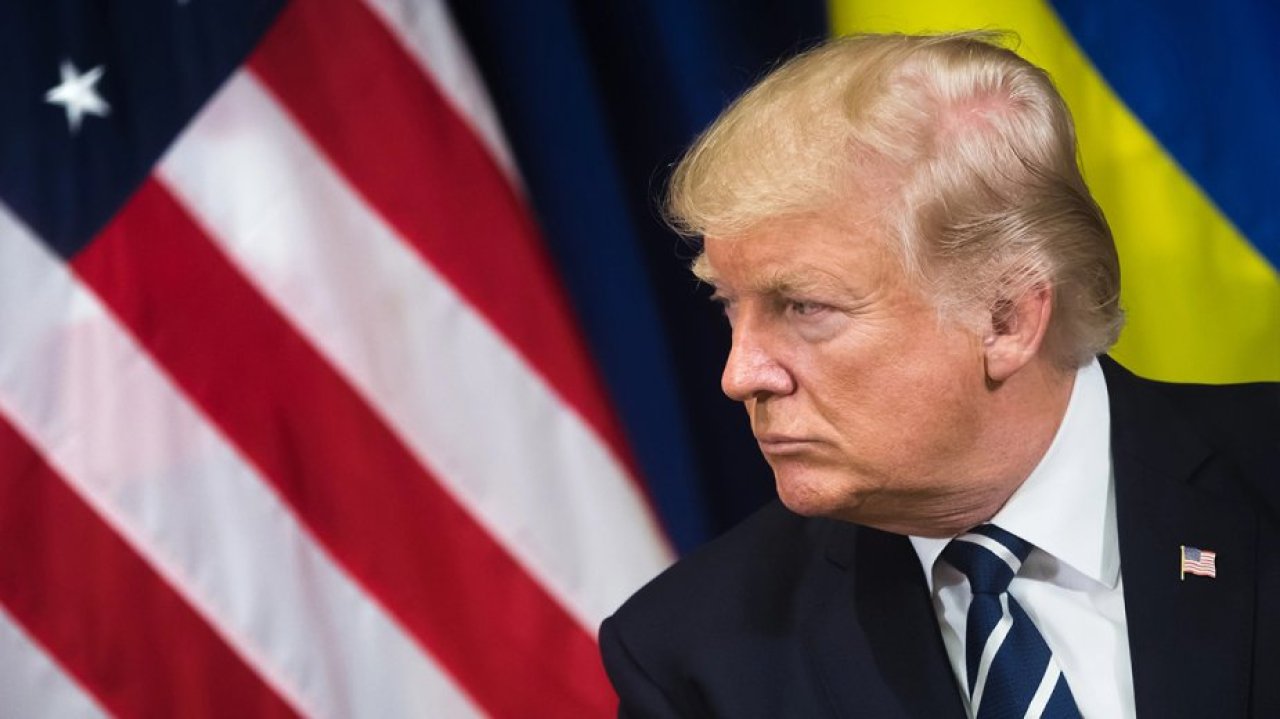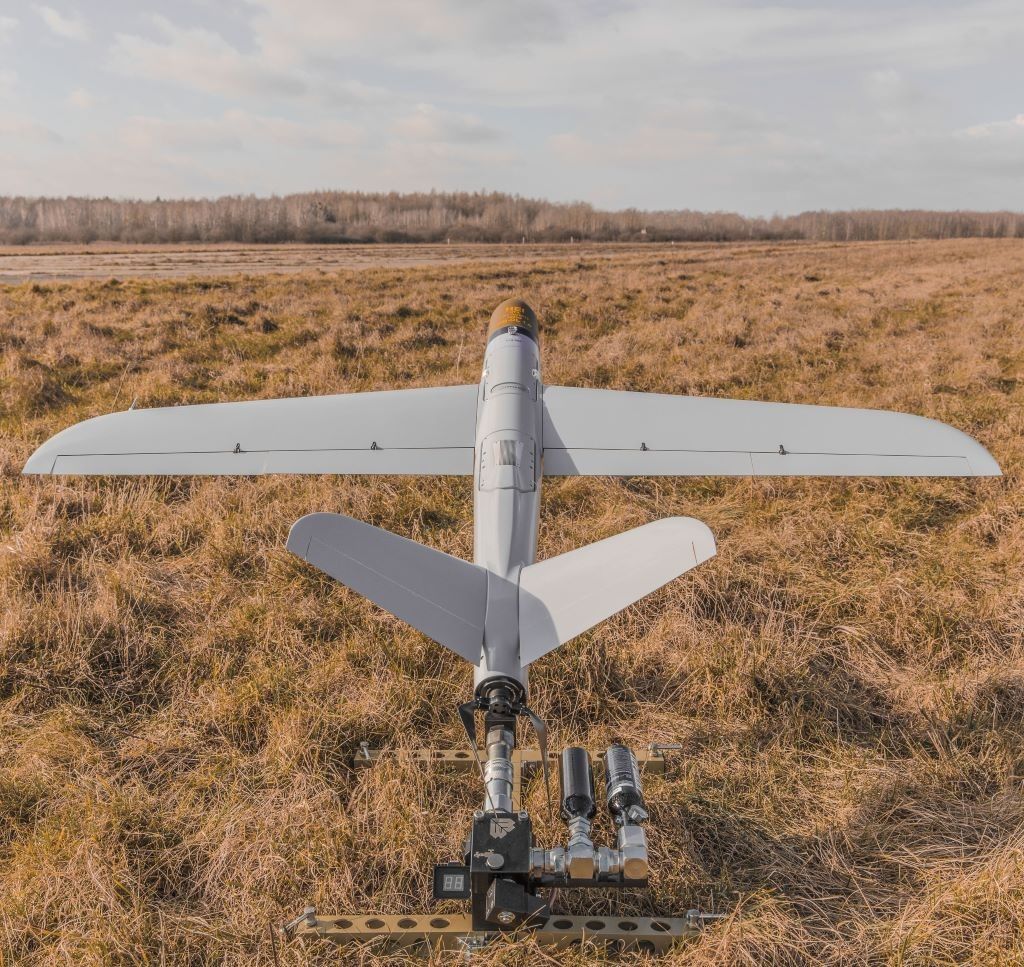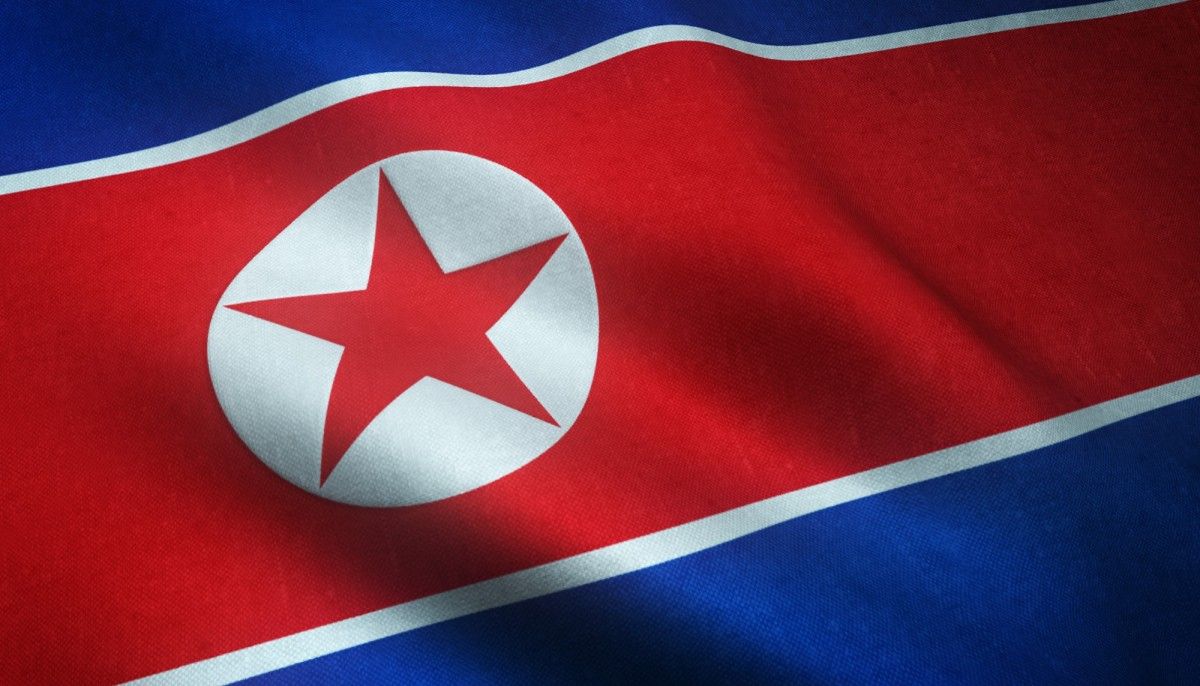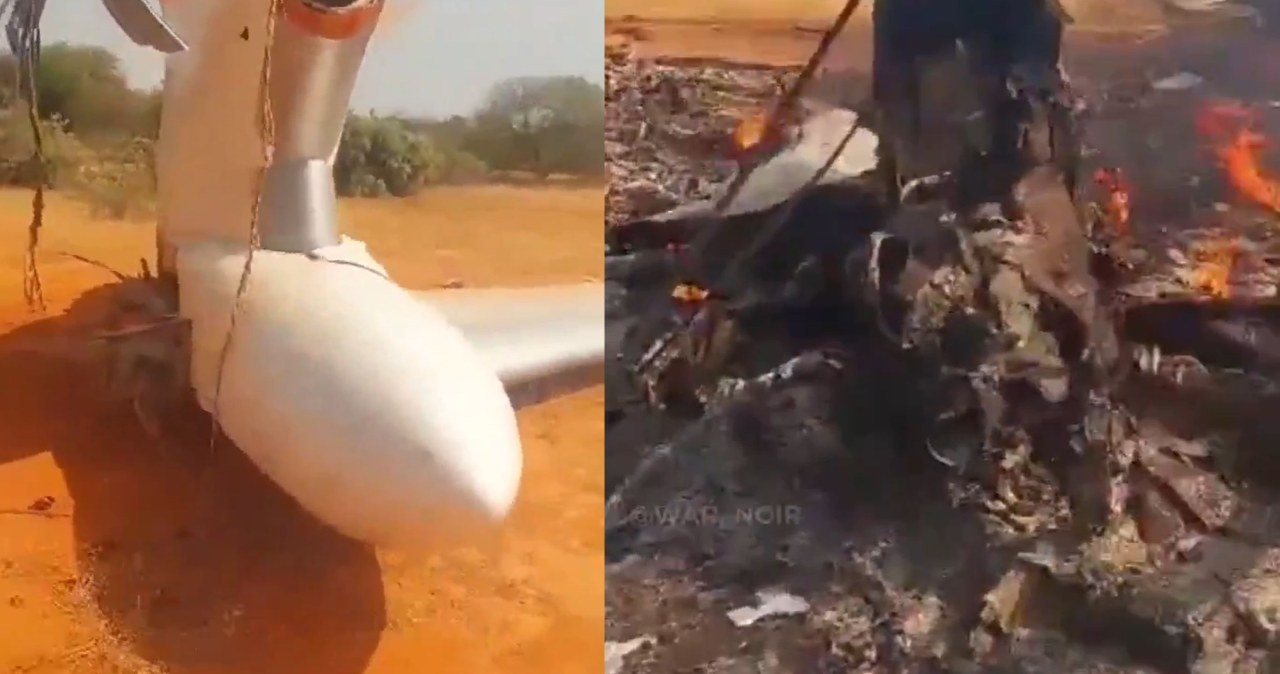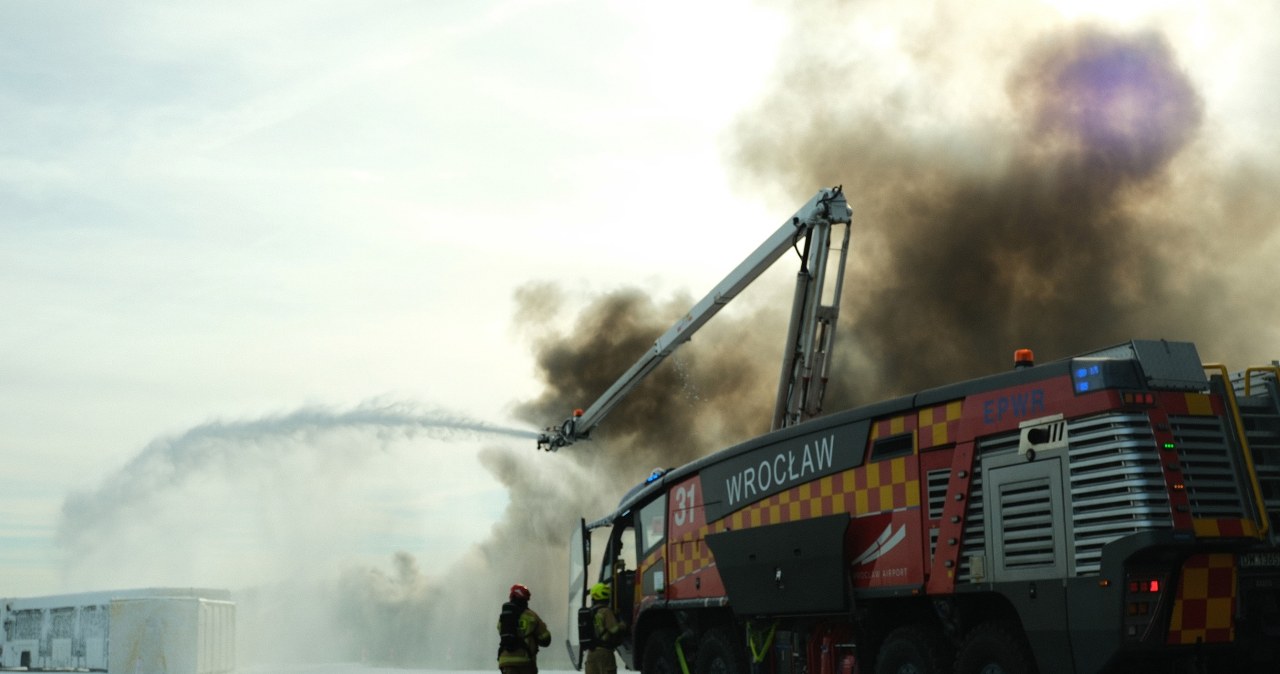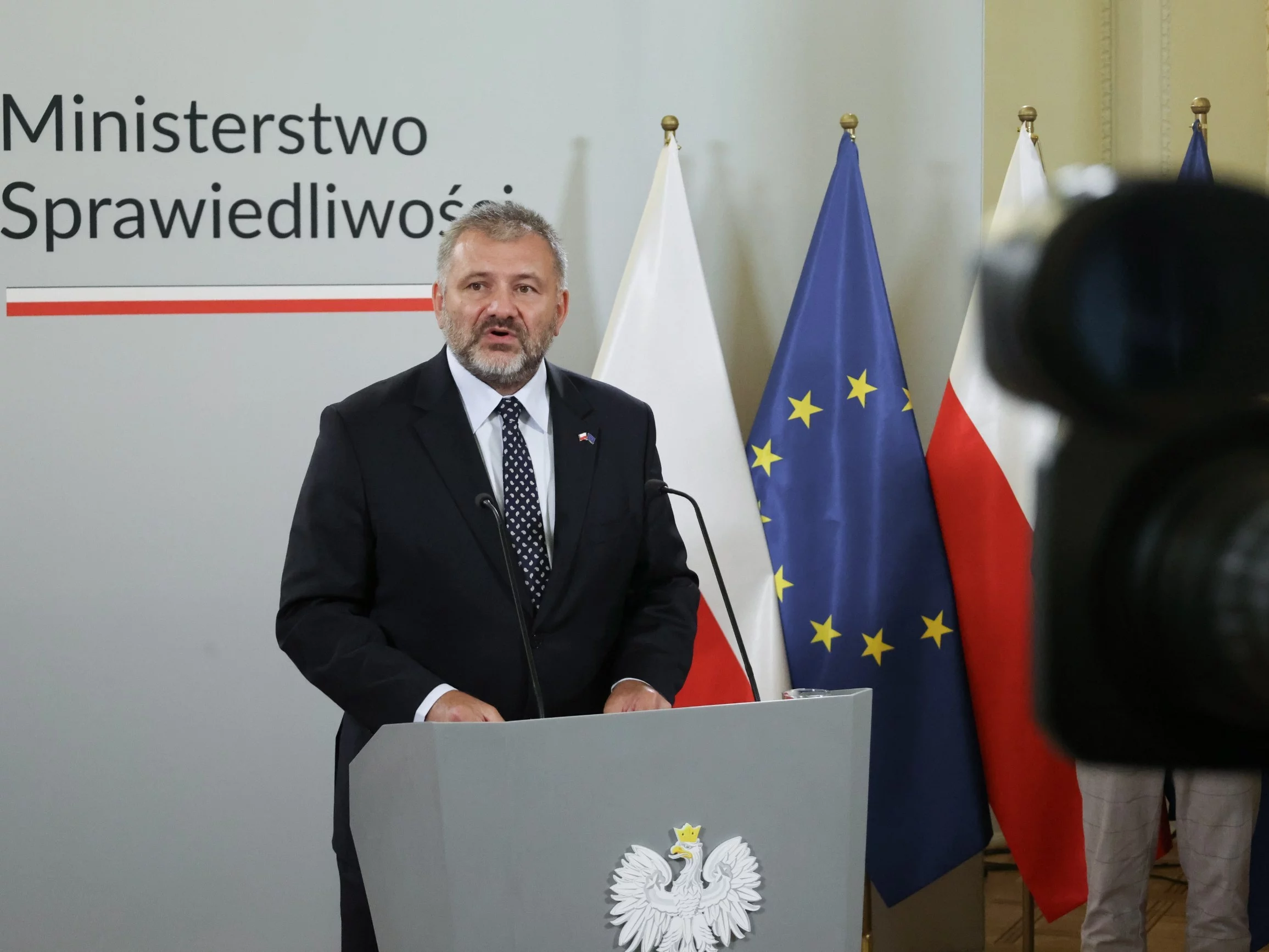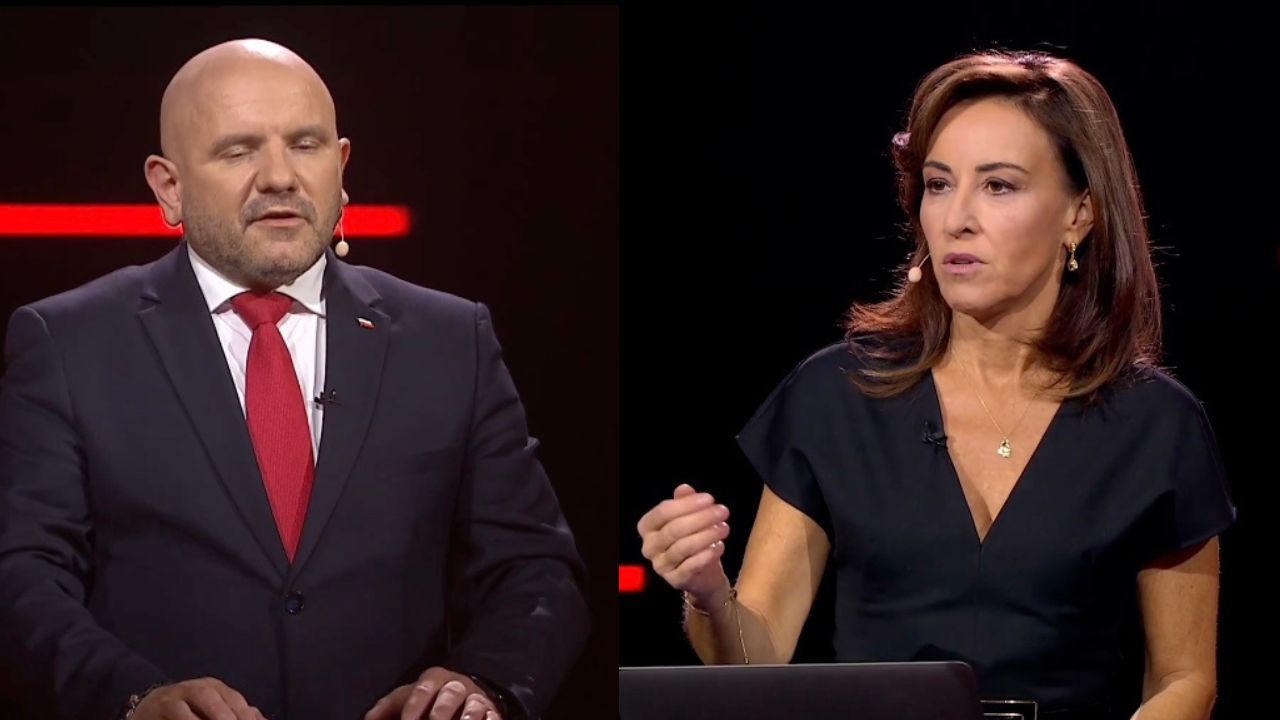- Estonian intelligence says Russia has re‑created Soviet‑era commands, formed new units near NATO borders, and aims for a 1.5 million‑strong force—some of those new units are fighting in Ukraine now to gain combat experience. raport.valisluureamet.ee
- Institute for the Study of War (ISW) assesses Russia has entered “Phase Zero,” the information‑psychological conditioning stage for a possible future NATO conflict. understandingwar.org
- War economy: Russia hiked 2025 defense spending to post‑Soviet highs—~6.3–7.2% of GDP and roughly a third to two‑fifths of federal outlays—despite slower growth. Reuters
- Hybrid war now: Europe reports arson plots, sabotage cells, cyber operations, GPS jamming and airspace incursions tied to Russia or its agents. Trials and arrests in Poland and Germany underline the trend. Reuters
- New force posture: Moscow re‑established the Leningrad and Moscow Military Districts, absorbing the Northern Fleet district and focusing new armies and divisions along NATO’s northwestern flank. understandingwar.org
- Timeline risk: Senior European officials warn Russia could test NATO within 3–8 years, even if a direct attack remains “not imminent.” Reuters
- Air and sea gray‑zone pressure: NATO and EU members report repeated GPS jamming over the Baltic region and drone/missile spillovers into Polish and Romanian airspace. Reuters
- NATO/EU response: Allies are hardening infrastructure, ramping defense production, and sanctioning hybrid actors (including GRU elements). Reuters
What “Phase Zero” means—and why it matters now
Analysts at the Institute for the Study of War say Moscow has entered “Phase Zero,” the stage in which it uses information, psychological operations and covert actions to set conditions for potential future conflict with NATO. The recent uptick in false narratives, intimidation at borders, and covert action in Europe is part of that campaign. understandingwar.org
ISW describes Phase Zero as the “informational and psychological condition‑setting phase” for a possible NATO‑Russia war later. Euromaidan Press
NATO leaders have been blunt about the pattern. “There is an intensified campaign by Russia to conduct sabotage, arson, cyberattacks against NATO,” Secretary‑General Jens Stoltenberg said last year, urging coordinated countermeasures. nato.int
The military re‑build: new districts, new corps—and units parked by NATO
Russia has reorganized its command map, re‑creating the Leningrad and Moscow Military Districts and folding the Northern Fleet’s district back under Leningrad—moves explicitly framed by Moscow as responses to NATO enlargement around the Baltic and Arctic. understandingwar.org
On the ground, Estonia’s Foreign Intelligence Service (EFIS) documents the 44th Army Corps in Karelia and the 69th and 68th Motor Rifle Divisions in the Leningrad MD—formed near Estonia and Finland and then rotated to Ukraine to gain combat experience. EFIS writes that Russia is “rebuilding a mass army…to prepare for a potential conflict with NATO” and aims to reach 1.5 million personnel by 2026. raport.valisluureamet.ee
Regional watchers expect tens of thousands of additional troops in Karelia and on the Kola Peninsula as garrisons are expanded and old bases repurposed. thebarentsobserver.com
A war economy in everything but name
The budget tells the story. Russia raised defense spending by ~25% for 2025 to around 13–13.5 trillion rubles, roughly 6.3% of GDP and about a third of total spending—levels not seen since the Cold War. Independent assessments put the real defense share closer to 7.2% of GDP when broader “security” lines are included. Reuters
Moscow’s own planning documents show no meaningful cut to defense outlays through 2027, even as deficits and inflation pressures accumulate—classic signs of an economy moved onto a war footing. Reuters
Think‑tank studies (SIPRI/CSIS) track simultaneous industrial surges—from ammunition output to air defense and drones—while warning that sustained high military demand is driving inflation and crowding out civilian investment. SIPRI
Hybrid war today: arson, sabotage, cyber, GPS jamming—and intimidation at borders
Sabotage & arson. Courts and security services across Europe are prosecuting Russia‑linked plots. In Germany, a defendant was convicted of spying and planning arson on rail and military infrastructure; other suspects face trial. Poland has detained dozens in a wider crackdown, including a Colombian national accused of GRU‑directed arsons in 2024. Reuters
Parcel bombs & “exploding mail” routes. Investigators in Germany describe test runs using GPS‑tagged parcels for future arson/bombing attacks allegedly tied to Russian state contacts. Reuters
Cyber operations. UK and US advisories trace persistent spear‑phishing and espionage to FSB/“Star Blizzard” and GRU units; the EU created and renewed sanctions specifically to punish Russian hybrid threats and listed dozens of individuals/entities. ncsc.gov.uk
GPS jamming & airspace incidents. Airlines and regulators report frequent GNSS interference over the Baltic region; Finnair suspended services to Tartu last year, Lithuania diverted flights in January, and ICAO rebuked Russia over jamming. Separately, Russian drones/missiles have strayed into Polish and Romanian airspace during strikes on Ukraine. Reuters
Border pressure. Estonia recently closed a road after unmarked Russian soldiers appeared on Russian territory along the route—a classic gray‑zone provocation seen by EFIS and ISW as part of Phase Zero signaling. AP News
What the experts are saying
- Kaupo Rosin (Director, Estonian Foreign Intelligence): “NATO must deter Russia for the next 10–20 years.” Reuters
- Jens Stoltenberg (NATO): Russia has intensified “sabotage, arson, cyberattacks” against allies. nato.int
- Boris Pistorius (German Defence Minister): Allies should be ready for a Russian attack within five to eight years. Reuters
- Lt. Gen. Carsten Breuer (Germany’s top soldier): Russia might be ready to attack NATO in 5–8 years; NATO must be prepared by 2029. Reuters
- NATO SecGen Mark Rutte: Higher defense budgets and production are essential to close Europe’s gaps. Reuters
Why this is still “Phase Zero,” not open war
Despite the buildup, most allied assessments still say a direct Russian attack is not imminent—but the trendlines are adverse. NATO remains confident in deterrence, yet senior European officials caution that Moscow could “test” Article 5 in the next few years if it senses weakness or slow mobilization on the Western side. The Business Standard
Russia’s own signaling mixes conventional pressure with nuclear theatrics: in 2024 it expanded tactical‑nuclear drills to its Leningrad Military District, which borders multiple NATO states—a move calibrated to deter Western resolve while keeping escalation below the threshold of war. Reuters
How we got here: a short timeline
- 2023–2024: Moscow announces and then re‑creates the Leningrad & Moscow Military Districts, dissolving the Northern Fleet’s district status; plans new divisions and corps near NATO’s north. Reuters
- 2024–2025: EFIS tracks creation of the 44th Army Corps (Karelia) and new motor‑rifle divisions near Estonia/Finland; elements deploy to Ukraine. raport.valisluureamet.ee
- 2024–2025: EU establishes and renews a sanctions regime targeting Russian hybrid threats; NATO issues public warnings about sabotage/arson/cyber. Consilium
- 2024–2025: Budget surge moves Russia deeper into war‑economy mode; defense and security outlays dominate spending. Reuters
- 2025: ISW assesses Russia has entered “Phase Zero.” Estonia closes a border road after unmarked Russian troops appear nearby. understandingwar.org
What NATO and EU countries are doing
- Hardening infrastructure & intel sharing. NATO publicly flagged Russian hybrid activity and outlined response options—from better critical‑infrastructure protection to tighter controls on Russian intelligence personnel. nato.int
- Production surge. Allied leaders, including NATO’s secretary general, call for rapid ammunition and systems output, with Europe and the U.S. setting higher shell production targets to close the gap with Russia. Reuters
- Law‑enforcement push. European services arrest and prosecute sabotage networks, while the EU’s hybrid‑threats regime freezes assets and imposes travel bans on dozens of suspected operatives. Reuters
The bottom line
Russia is not at war with NATO, but it is reshaping its force posture and economy as if a larger confrontation is plausible, while waging a hybrid campaign meant to disorient, intimidate and exhaust the West. That is exactly what Phase Zero looks like: preparing the battlespace before the shooting starts. The best antidote, Western officials argue, is deterrence by readiness—credible forces on the ground, hardened infrastructure, and faster defense production, matched with systematic exposure and punishment of hybrid operatives. raport.valisluureamet.ee
Further reading & sources cited
- Estonian Foreign Intelligence Service, International Security and Estonia 2025 (formation of the 44th Army Corps, 69th/68th divisions; goal of 1.5 million troops). raport.valisluureamet.ee
- ISW assessments on Russia’s “Phase Zero.” understandingwar.org
- Reuters/AP/NATO on defense budgets, GPS jamming, airspace incursions, arson/sabotage plots and allied counter‑measures. nato.int
- EU Council sanctions against Russian hybrid threats (2024 framework; 2025 renewal). Consilium
- Command map changes: re‑establishment of Leningrad & Moscow Military Districts; Northern Fleet district dissolved. understandingwar.org

